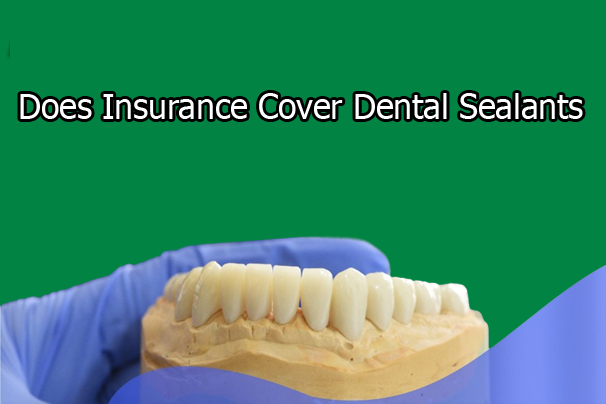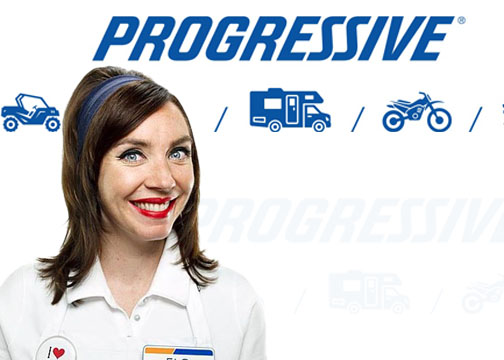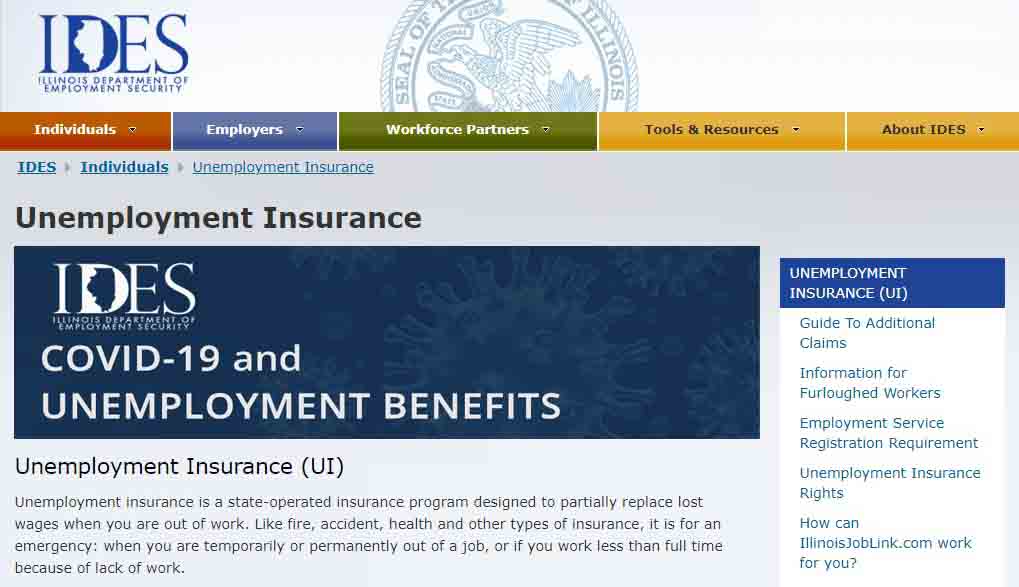Dental sealants are compulsory most time to protect your molars from cavities. Most people get these sealants and enjoy using them, while others do not. Some people are not even aware they need one. While it is a good idea to get dental insurance coverage, does insurance cover dental sealants? It is quite important to know if they do.

Most people do on get dental sealants for a common reason, which is because they assume it will not be covered by their insurance. While it is not certain that all dental insurance companies cover sealants, most dental insurance companies offer dental sealants coverage. The most effective way to confirm if your insurance covers dental sealants is by contacting your insurer for information concerning your coverage limits.
However, whether insurance covers dental sealants or not depends solely on your policy type, limits, and exclusions. If your insurance policy covers this service, the cost of dental sealants and other related expenses would be covered.
Are Dental Sealants Covered by My Insurance?
Depending on the insurer, dental sealant insurance coverage is different. Most insurance policies cover dental sealants completely as a benefit. Some insurance policies cover dental sealants for children under 18. Aside from this, other insurance policies only offer dental sealant insurance coverage for adults.
Does Insurance Cover Dental Sealants Costs?
Dental insurance generally covers the cost of any dental-related issues, including dental sealants. However, this depends on your insurance coverage level and its limits. As previously stated, to confirm if your dental insurance covers sealants, you should read through your insurance policy details and especially its exclusions and inclusions. This way, you can confirm if dental sealant insurance costs will be covered before you proceed.
How Much Do Dental Sealants Cost
The procedure is economical since sealing a tooth is less expensive than filling it. Dental sealants can cost anywhere from $25 and $50 per tooth. Generally, compared to the pain and expense of any dental work that would be required if your teeth are not safeguarded, this might be a little price to pay.
Dental sealants can be pricey depending on the location and type of practice, although they are generally less expensive than fillings and repairs. Dental sealants are a cost-effective and safe dental procedure, offering a more affordable alternative to filling cavities one at a time.
Who Needs Dental Sealants Insurance?
Children and teenagers can greatly benefit from dental sealants as a preventive procedure, as their developing teeth will benefit most. Additionally, sealants are administered when the first molars erupt, usually between the ages of five and seven. When the second set of permanent molars erupts, usually between the ages of 11 and 14, a second set of dental sealants can be administered.
If your child’s infant teeth have deep pits or grooves, your dentist might suggest sealants in certain cases. Maintaining cavity-free baby teeth contributes to the health of permanent teeth. Dental sealants, often applied to children and teenagers, can help reduce tooth decay risk in adults, despite their prevalence in children. Dental sealants help prevent 80% of cavities for two years after they are placed.
How Are Dental Sealants Applied
During a routine dental examination, dental sealants can be applied as a quick and easy treatment. The following steps are part of the process:
- The teeth are wrapped in cotton after being cleaned and dried.
- To make the teeth rougher and facilitate the sealant’s adhesion, a somewhat acidic solution is administered to them.
- After rinsing with the solution, the teeth are dried once more. A fresh layer of cotton is applied.
- The liquid sealant is applied to the teeth by brushing it on. The bonding and hardening process is typically aided by the use of a curing light.
- You can start eating and drinking again after the sealant solidifies and turns into a plastic varnish layer.
Dental sealants can help prevent tooth decay, but cannot replace regular dental hygiene. Ensure you brush twice a day and floss once a day. Furthermore, children under the age of six should be watched when brushing, and most will require assistance with flossing until they are between the ages of eight and ten.
Can Dental Sealants Be Removed or Applied Over a Cavity or Filling
Even though dental sealants are meant to stay for a long time, a dentist can remove or replace them as needed. If the sealant is worn or chipped, or if there are health issues with the tooth underneath, it may need to be replaced. To stop dental decay from getting worse, sealants can be applied to teeth that exhibit early indications of the condition.
Moreover, sealants are usually not placed over dental work that already exists, such as fillings. Your dentist will evaluate the general state of your teeth, including any fillings you may have, and recommend the best course of action for preserving your dental health.
Final Thoughts
Although coverage may differ, most insurance providers can cover dental sealants as part of preventive treatment. These companies limit the age at which they will cover sealants and only certain teeth. Furthermore, if you need information on the precise cost and coverage of sealants, contact your insurance provider and your child’s dentist.





